| marc7 travels |
|
Seasoned travelers understand that off-beat destinations are goldmines to explore. These local spots are often overshadowed by their popular neighboring attractions and are often sidelined as a meal or a bathroom break place. But once you put these destinations under the microscope, they offer something new and interesting that will make a brief stop memorable This is the case of my dad’s hometown in Ilocos Sur. Tagudin is the first town that you would roll into if you are coming in from the south that it is often referred to as the gateway to Ilocos. People traveling to Vigan or Laoag often just pass through this historical town, not knowing that Tagudin is one of the oldest towns in the region and has played a crucial role in the country’s liberation from the Japanese. The town was a key trading town because of its strategic location that it once served as the capital of the sub-province of Amburayan that covered areas of Ilocos, Quirino, Benguet, and La Union. Amburayan River The Amburayan River serves as a natural boundary between the provinces of La Union and Ilocos Sur. Its headwaters are from the mountains of the Cordillera, it flows through Benguet, La Union, and Ilocos Sur, and empties to the West Philippine Sea. The Amburayan Bridge, the main link between La Union and Ilocos Sur, spans over this river. The town of Tagudin lies along the mouth of the river and I fondly remember, when we were still young, that we were told not to go near the river. But of course, kids will always be kids and I remember walking along its dry riverbed during summer vacations. One can enjoy having a picnic on lazy afternoon or taking a quick dip in its cool waters during summer. I guess, locals have learned to live with the different personalities of the river during the country’s wet and dry season. St. Augustine Church (Tagudin Church) and Belfry The St. Augustine Church is a commanding edifice at the center of town. Its baroque architecture was preserved by its faith community despite the numerous restoration that the structure had. It is the center of the Catholic faith in Tagudin. The Tagudin Church was completed in 1832 under the church leadership of Father Juan Sorolla. It's facade reflects baroque architecture with its elliptical arched doors, circular pillars, and blind windows. Its interior is fascinating as it exudes an aura of peace and security. Its main centerpiece is a simple retablo with the image of St. Augustine as its highlight. Flanking the church on west is the old convent that is now under the care of the St. Augustine School. One of the two sundials of Tagudin is located within the church compound. On the west side of the church is its stand alone belfry. The belfry was completed in 1881 under Father Rubio. Just like other town stories, we always feared going to the church during at night when we were kids. We were told ghost stories of a headless priest that roam around the church compound. These stories stuck with me that exploring the church grounds gave me the uneasy chills. Tagudin Town Plaza and Municipal Hall Located in front of the church is the open-park Tagudin Town Plaza. The park is a central point of many town activities. I remember the water manual pump in the plaza was where we got potable water before the advent of water refilling stations. We sneaked off to its grounds to “play” at the fair during fiestas. This was where we usually played tag during summer vacations with Lola Gring. The plaza has changed a lot over the years. It was re-designed to give it a more historical feel. This is where you will find the historical marker of Tagudin that outlines the role the town played during World War 2. The town was the home of the largest Base Hospital of the USAFFE - Northern Luzon. It also bears the marker honoring its local guerrilla heroes during the war, my lola included. The Municipal Hall of Tagudin sits on the eastern side of the town plaza. It serves as the seat of governance of the town. The hall also served as my lola’s office as she had the privilege of serving the people of Tagudin for the most past of her life. Tagudin Sundials History’s been very kind to the small town of Tagudin. Since its township declaration in 1586, it has been a mute witness to the colorful history of Ilocos and the country. Unknown to many, the town of Tagudin is home the two oldest sundials in the country constructed suring. The first sundial is located in front of the municipal hall while the second one is on the west side courtyard of the St. Agustine Church. Both sundials were commissioned by Father Juan Soralla and was completed in 1841 and 1845. Both century-old sundials are still standing and has stood the test of time. Farola Lighthouse and Beach A few minutes drive or by trike from the town center is the Tagudin Farola. The lighthouse is a standing testament of the close relations between Ilocos and Belgium. It was constructed as a historical reminder of the arrival CICM nuns in 1910. The lighthouse stands along the shores of Barangay Farola, formerly called San Roque - the site where the Belgian nuns made their landing aboard a boat. Their arrival marked the start of their ministry in the region that would later establish the St. Augustine School in Tagudin. The lighthouse was initially constructed as a memory of the event but local fishermen learned to use it as a beacon to guide them when they set out to sea. The Farola Beach is also a favorite spot of locals for a quick beach break. The beach is a mix of black sand, pebbles, and smooth round rocks. It may not be the ideal beach spot but it offers a great view of the sunset. Bimmanga Bangka The Bimmanga Bangka is a new attraction that is still being developed for those looking for a quick day escape. The “park” is located along a small creek and offers a serene place where one can enjoy having a picnic and some activities with families and friends. The place sits in a quiet part of the town and is surrounded by greens and rice fields that you get to enjoy a tranquil place close to nature. Its main attraction is its boating activity where you can paddle around the placid creek. Your eyes get to relax on the green views of the trees that naturally form a canopy that shields you from sun’s rays. You get to enjoy the sound of the water slushing as you slowly paddle through its waters. The place is a great place to just sit still and relax as you commune with nature in the company of family and friends. I hope that the place gets to be developed sustainably by the LGU and the community. Its would be nice to see if they refurbish the facilities and offer other activities like fishing or the opportunity to plant or harvest rice. That would definitely complete the bucolic Ilocano experience. POST TRAVEL NOTES It’s funny that as young kids roaming around my dad’s hometown like rascals, it never caught my fancy to look into its rich history. I was always impressed by the architecture of its old houses but I never got curious enough to research about Tagudin. Like everyone else, I was focused on getting amazed by Vigan’s history and La Union’s beach life, not knowing that I was roaming around a town that has the same touch of history and its own kind of past time. This is the case for a lot of our towns here in the Philippines. As Filipinos, we focus too much on the popular destinations that we leave the discovery of off-beat spots to other nationalities. They end up seeing the raw beauty of the place while we get to see it in its initial phases of development. We often overlook that our own hometowns may have its own tourism brand and all it needs is a curious eye from its locals. This blog has been a long overdue. I have been planning to write this one for years but I have always pushed it because I felt that I needed to see more. I guess I was wrong and I am glad that I finally did it. Who knows... if this gets in the right hands, I might end up seeing more of Tagudin - the small town that Lola Gring loved so much and where my dad and his siblings grew up. Getting There: From Manila, take a bus going to Vigan and/or Laoag and ask the driver to drop you off at Tagudin. Travel time is 6-7 hours from Manila.
2 Comments
12/19/2020 05:02:57 am
I grew up in Tagudin, Ilocos Sur and and left after my high school days. Thank you for your beautiful blog; your photos takes me back to the town after more than 40+ years of absence. Thank you so much.
Reply
marc7del
5/20/2021 10:31:52 pm
You’re welcome. I am glad that it brought good memories.
Reply
Leave a Reply. |
Marc del Rosario
I believe in education, entrepreneurship, and caring for the environment. Archives
June 2024
|

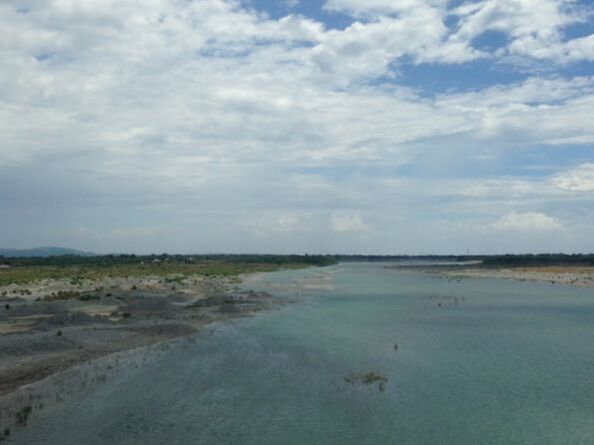
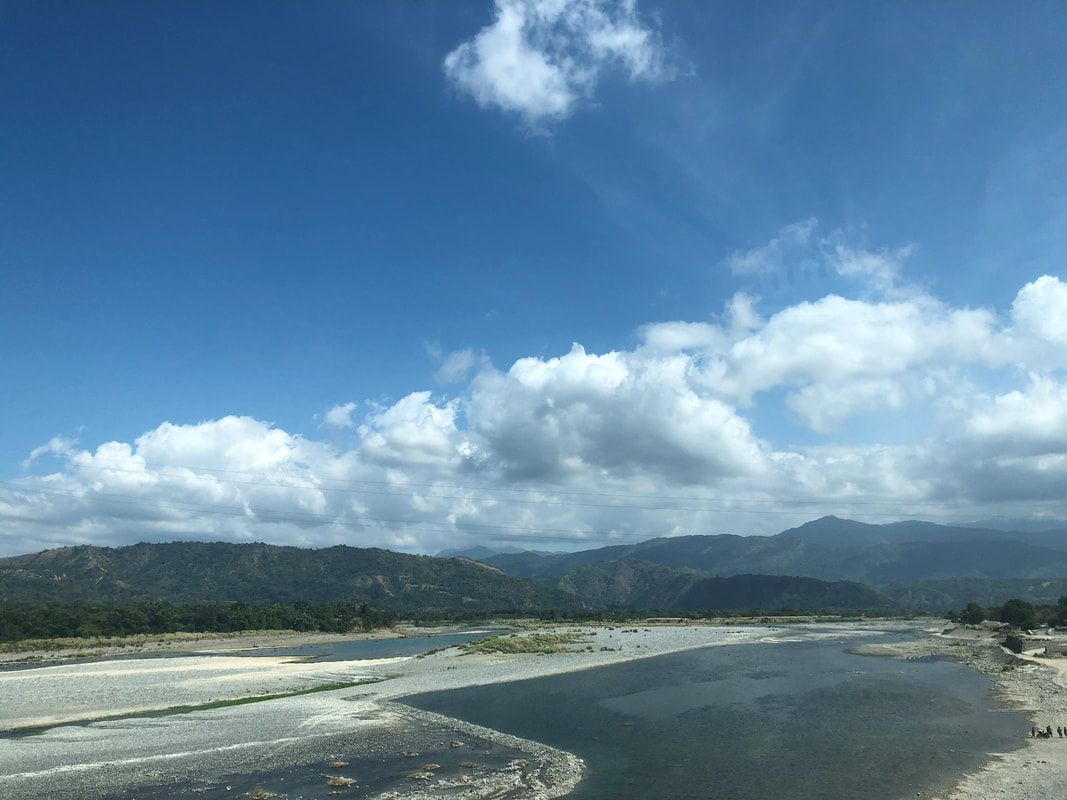
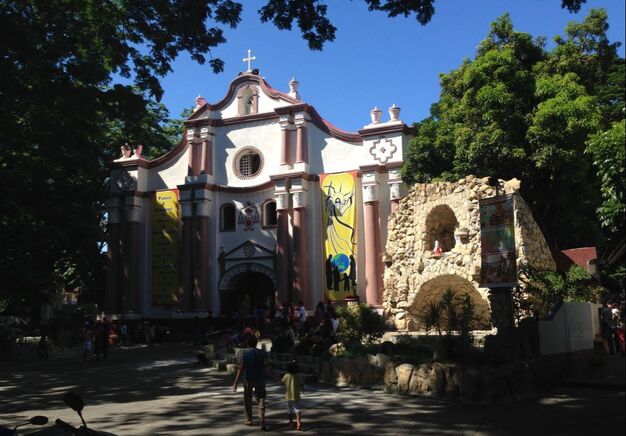
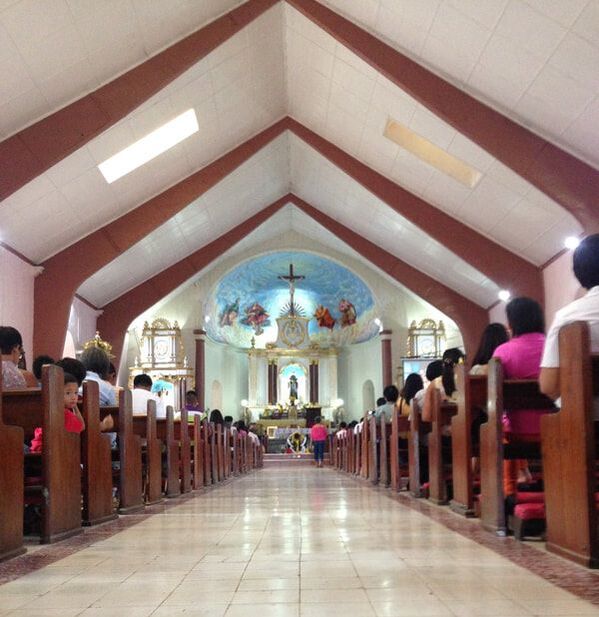
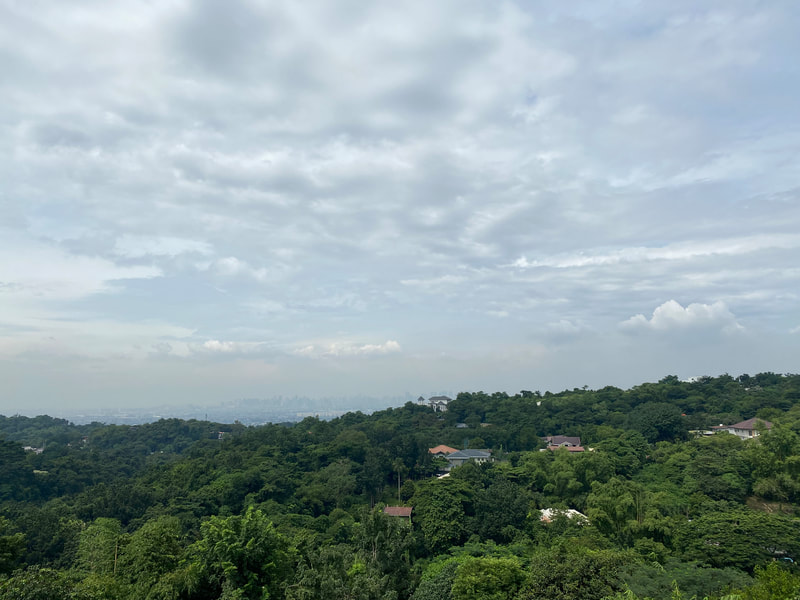
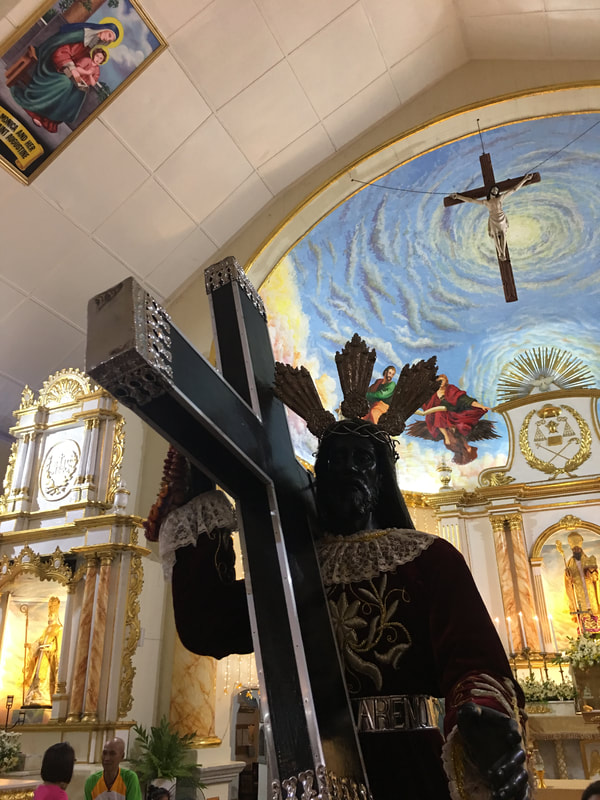
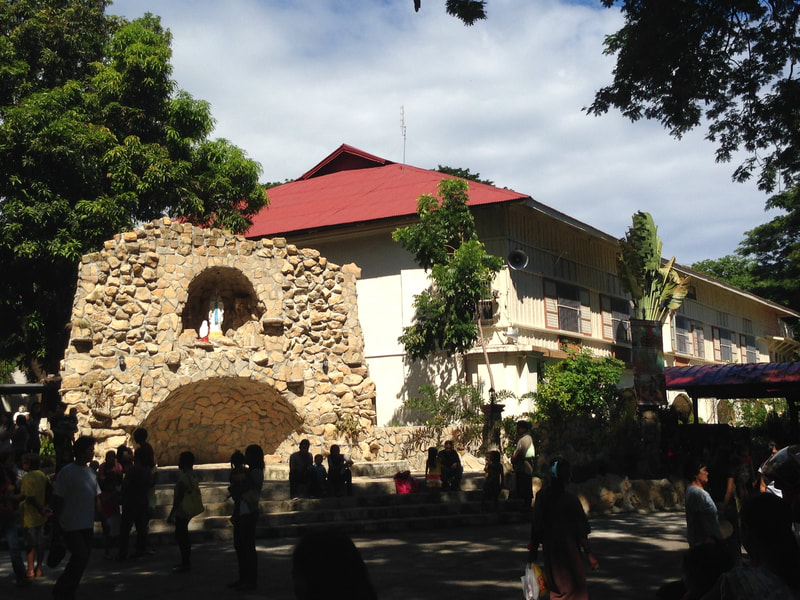
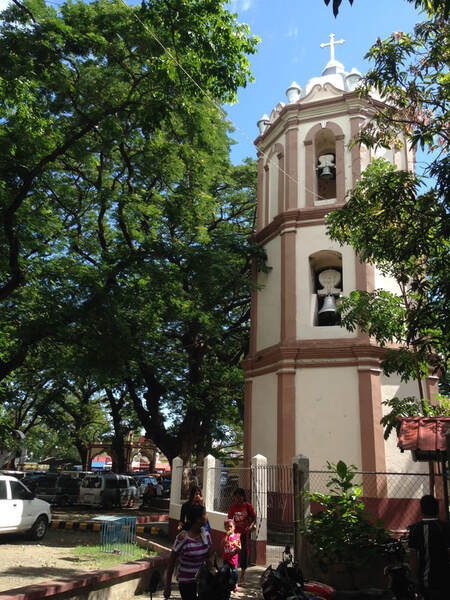
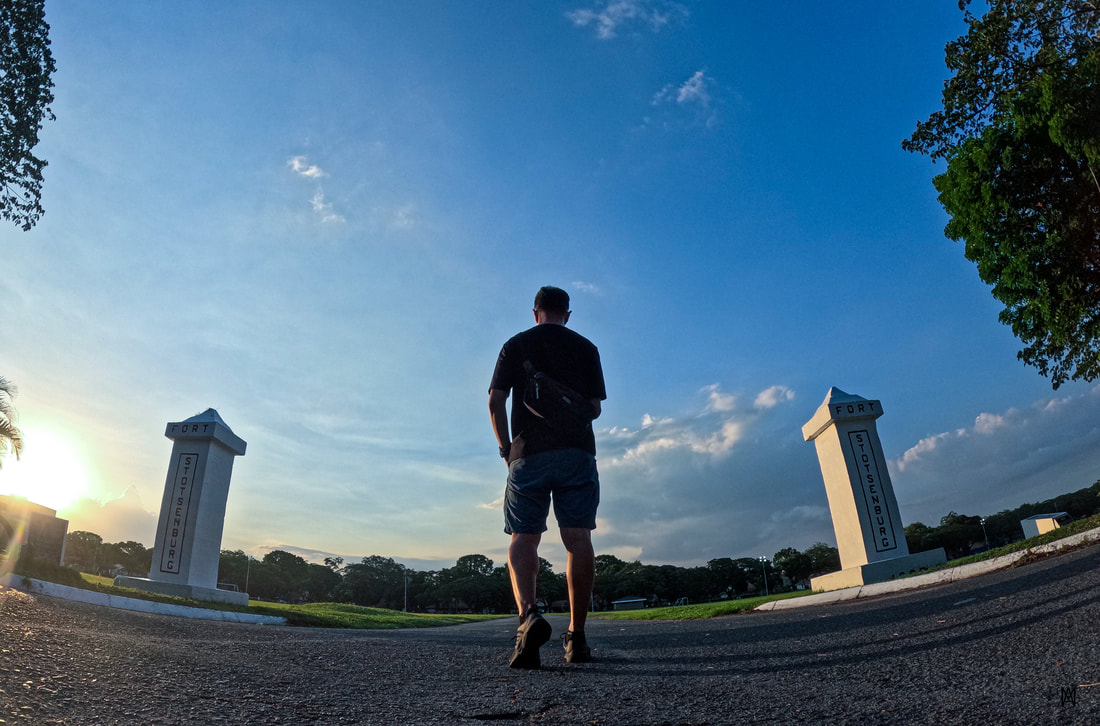
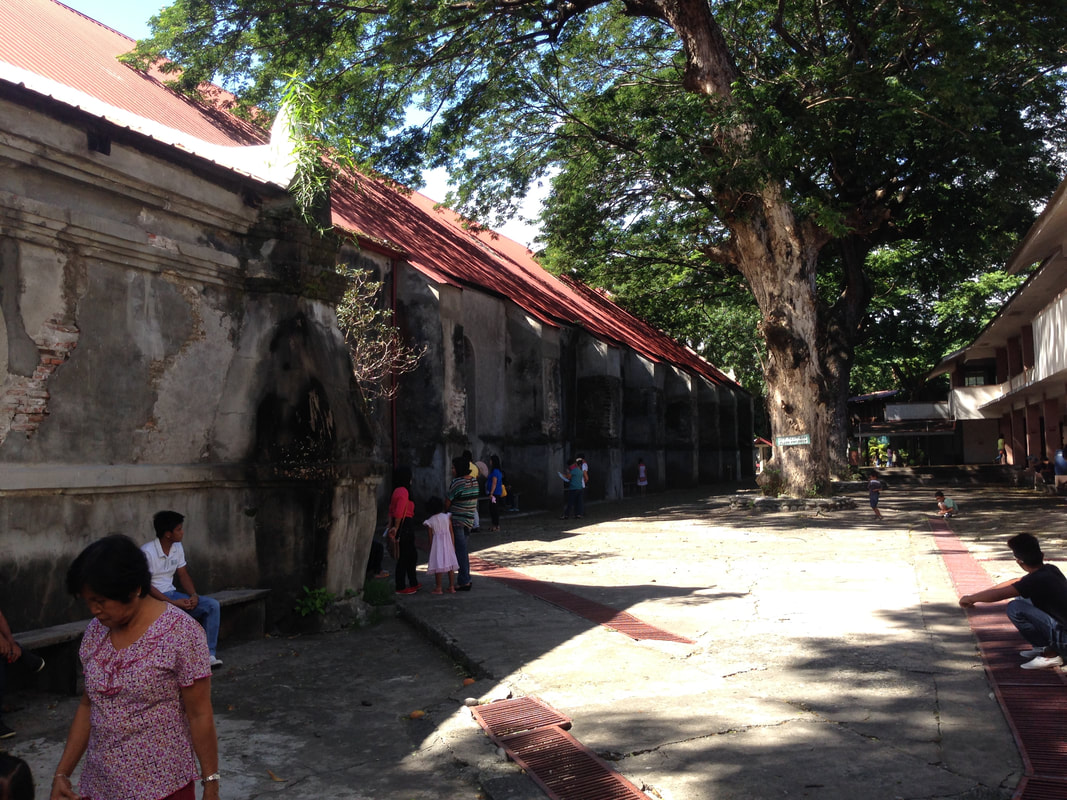
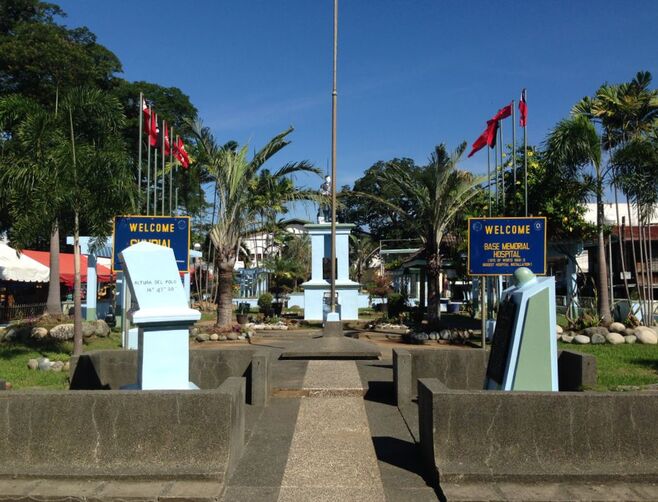
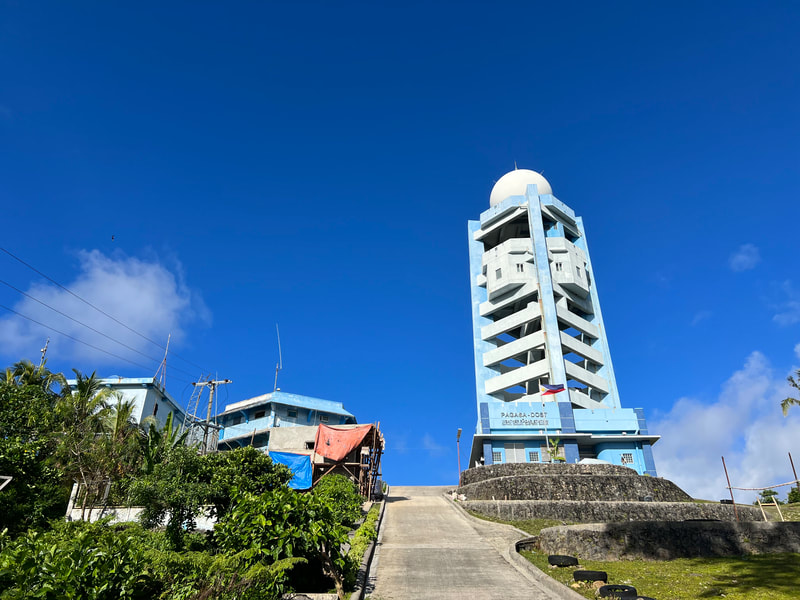
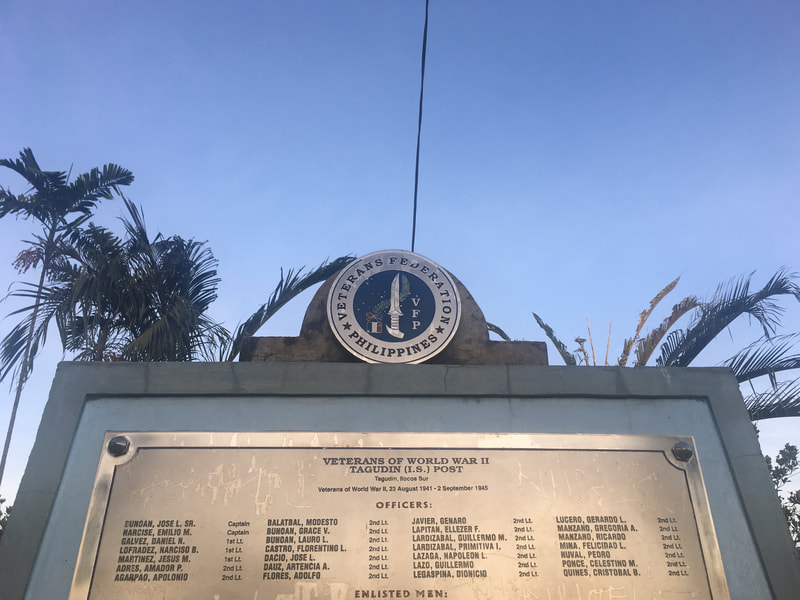
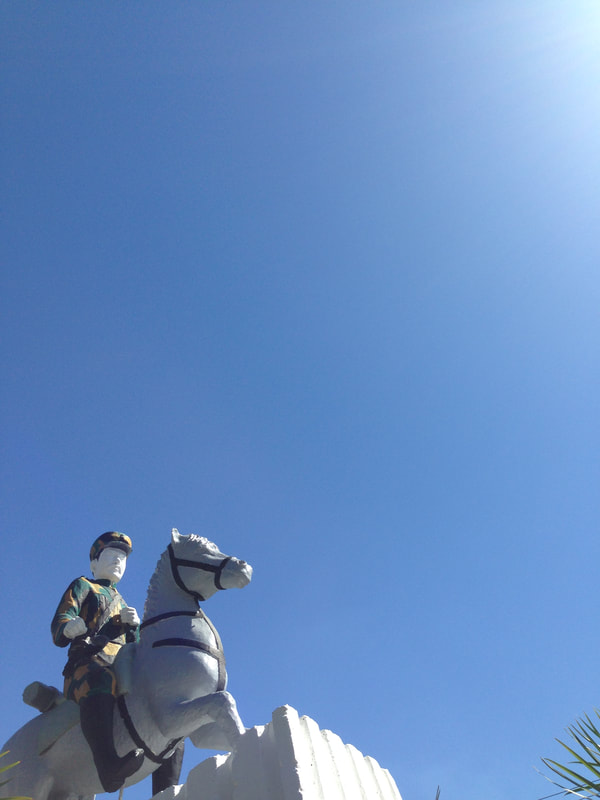
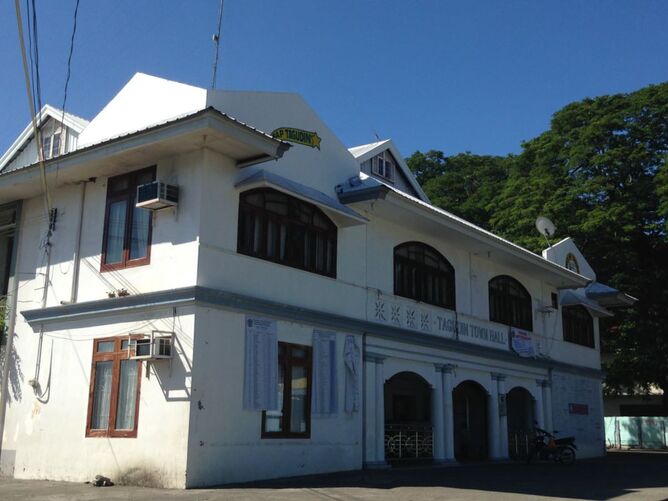
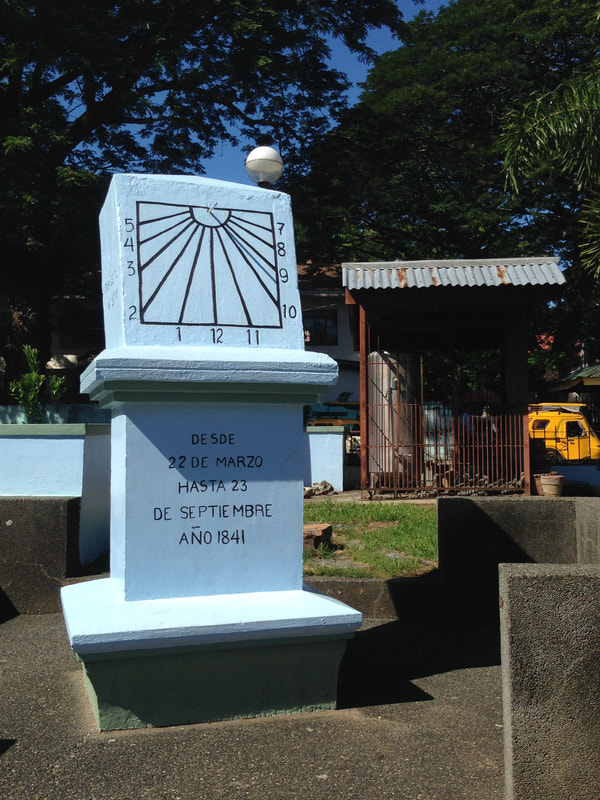
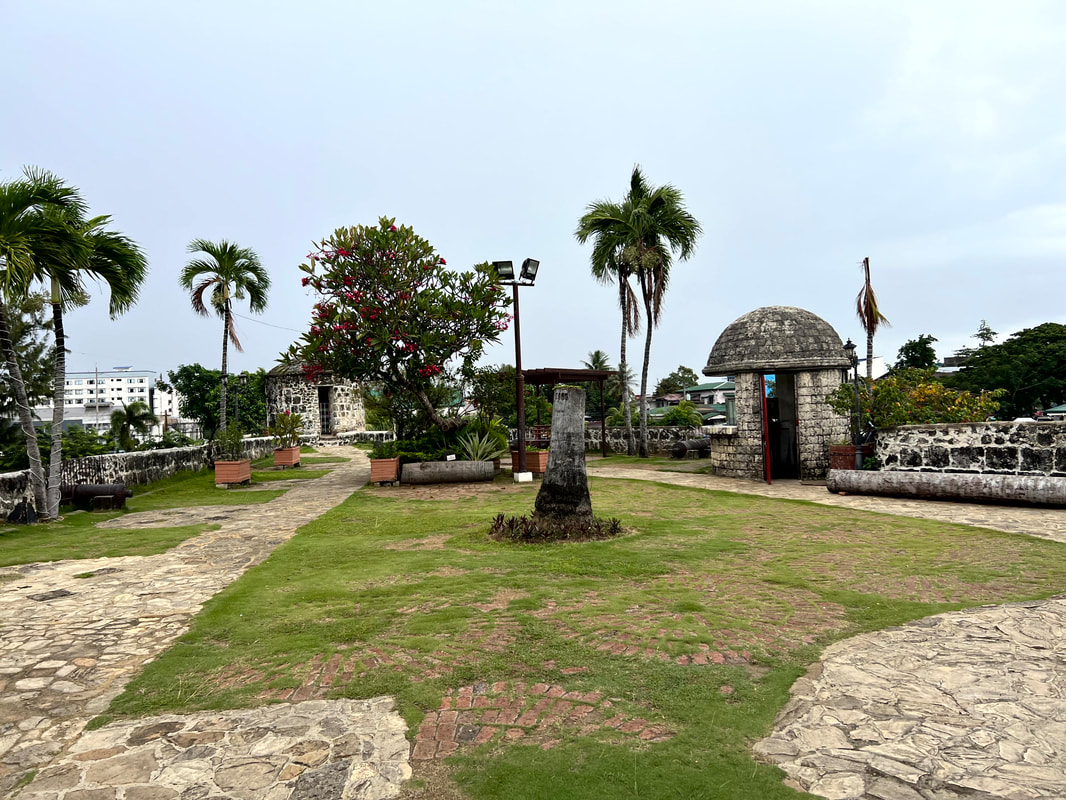
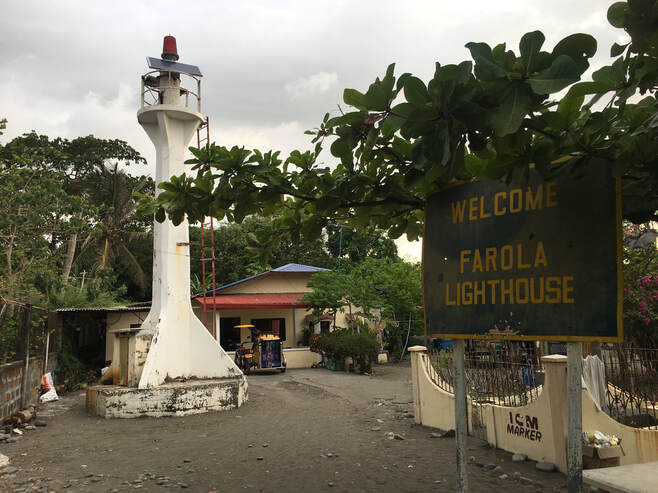
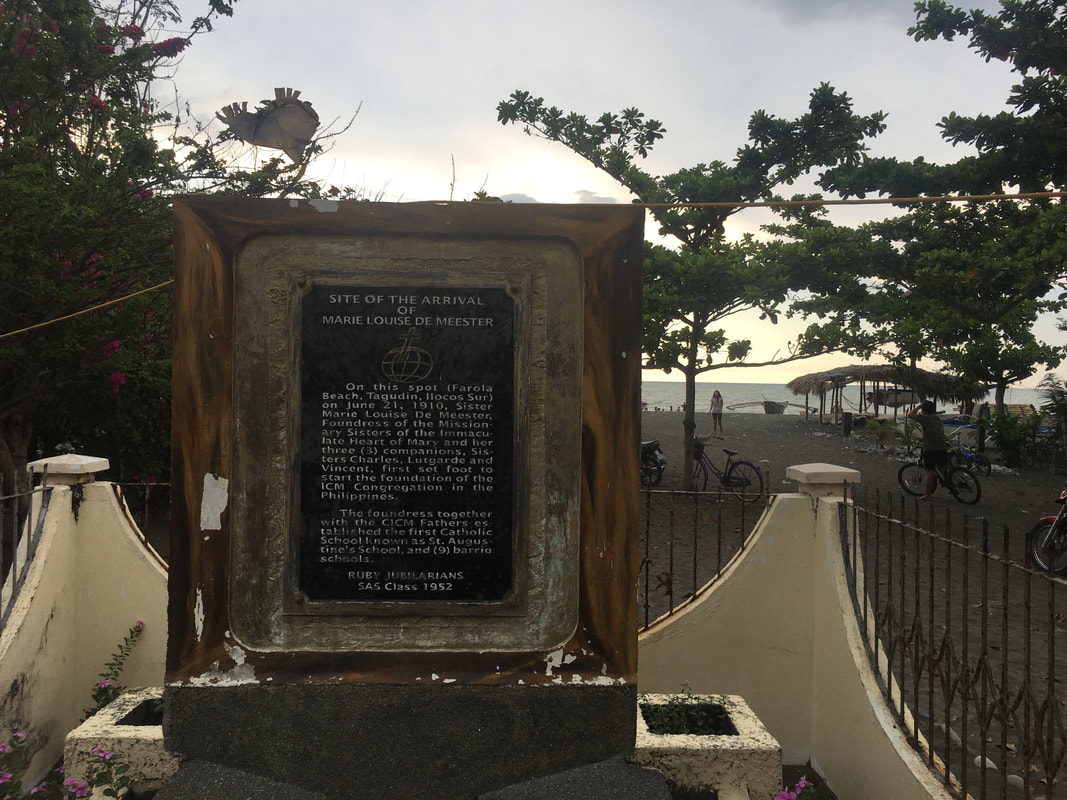
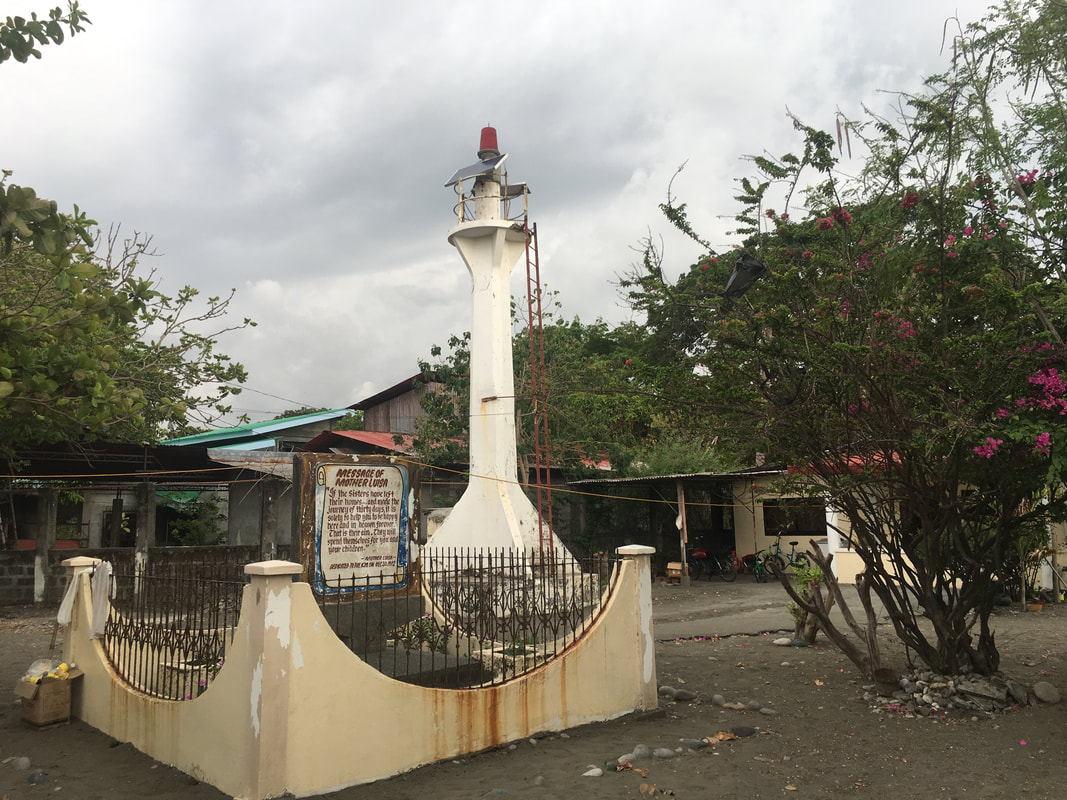
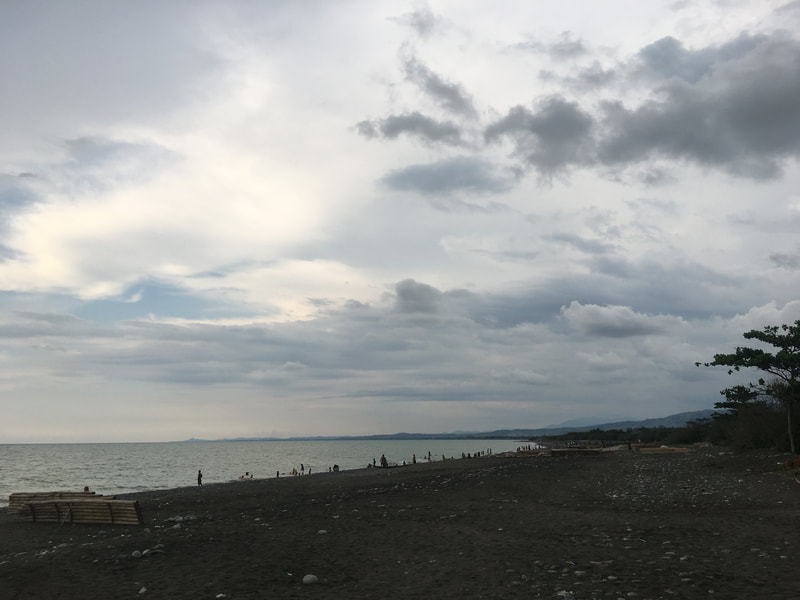
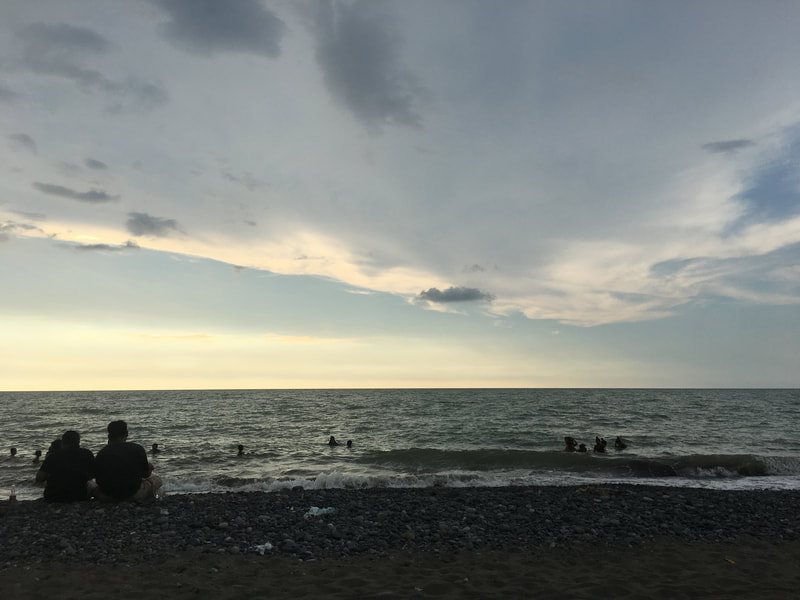
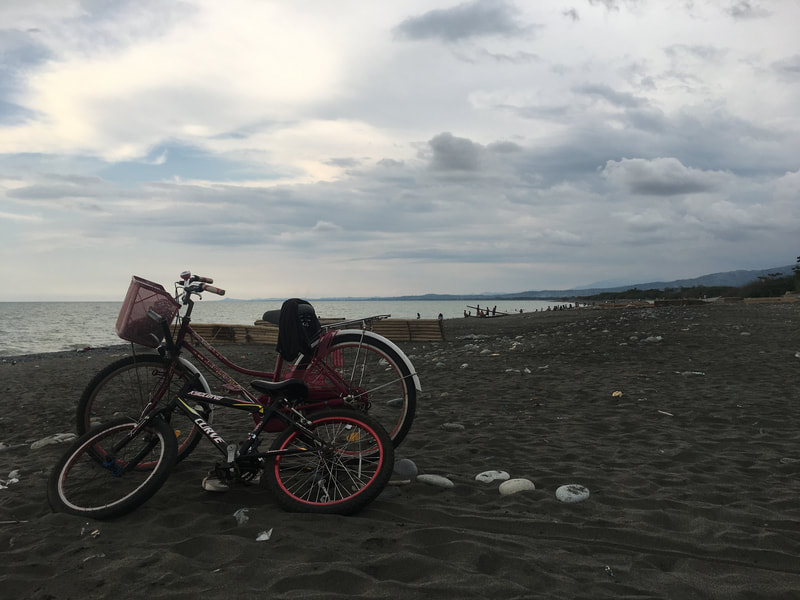
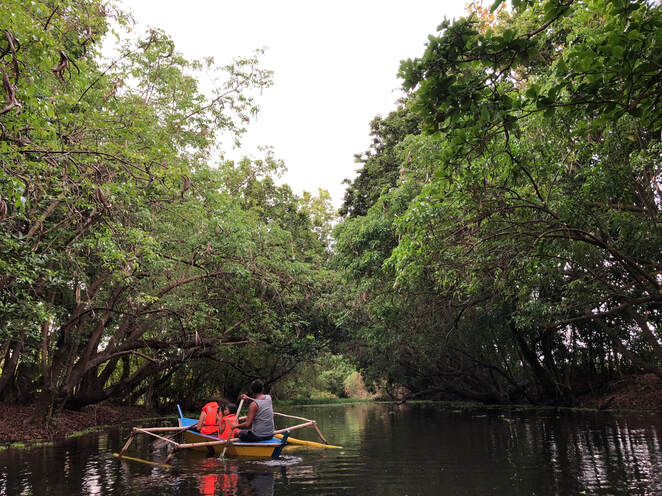
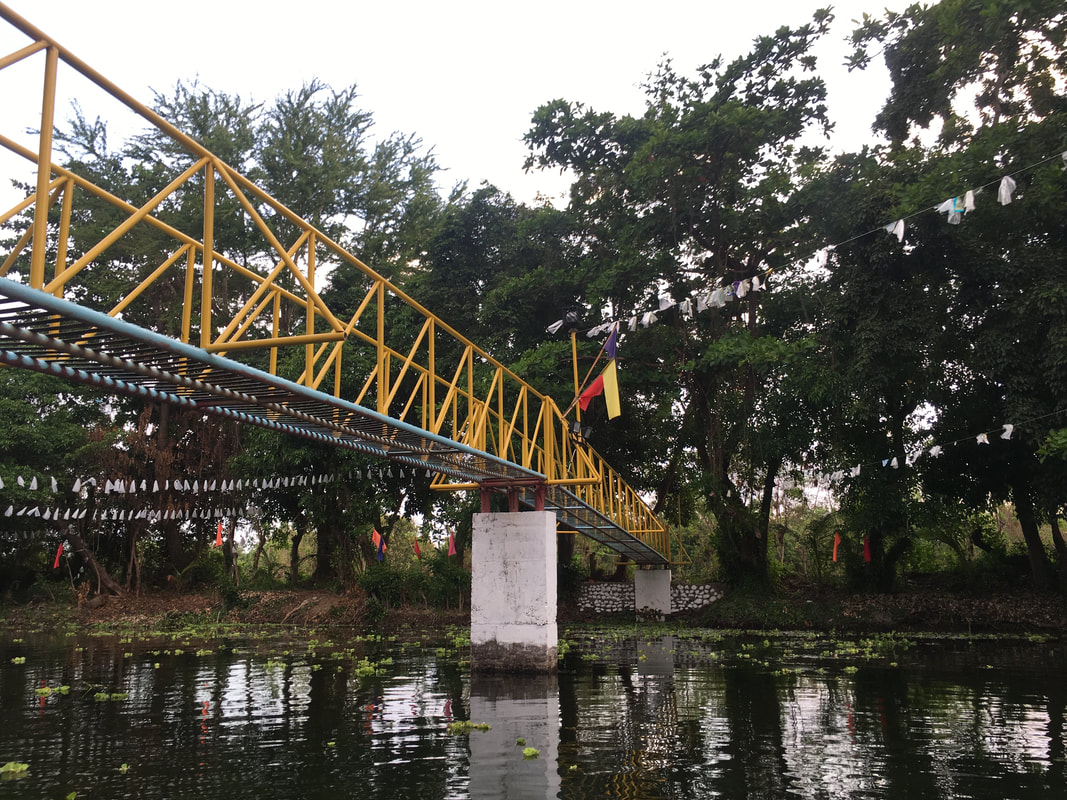
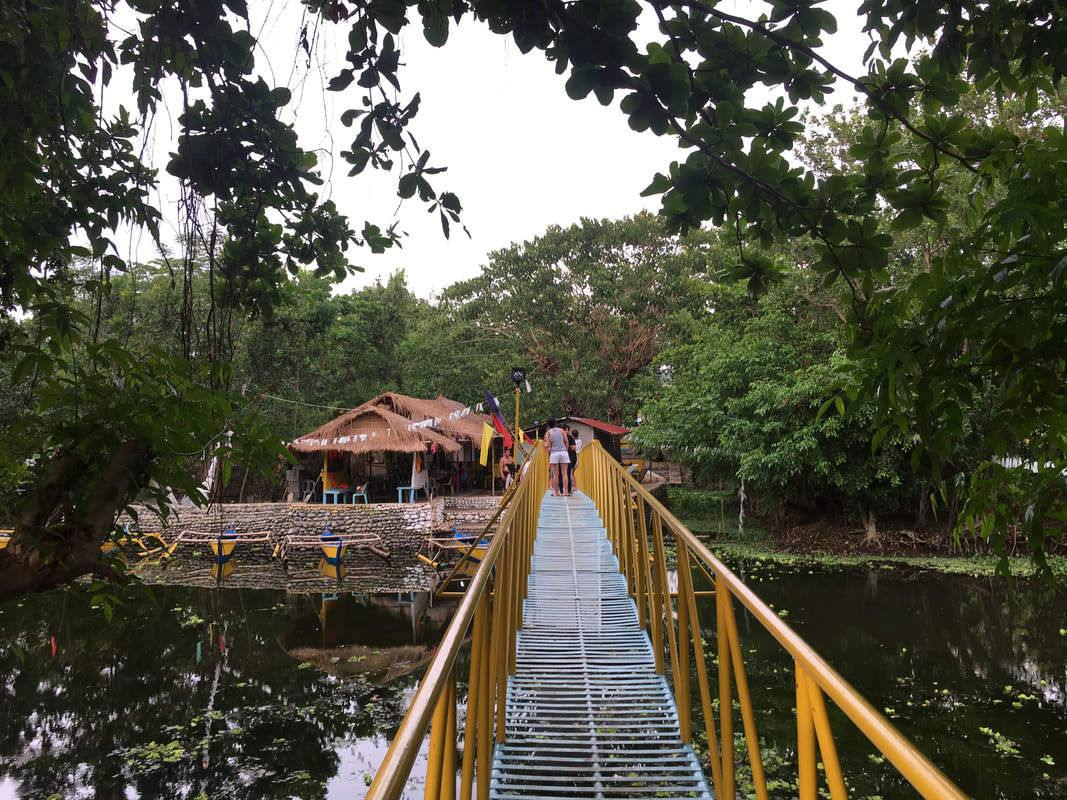
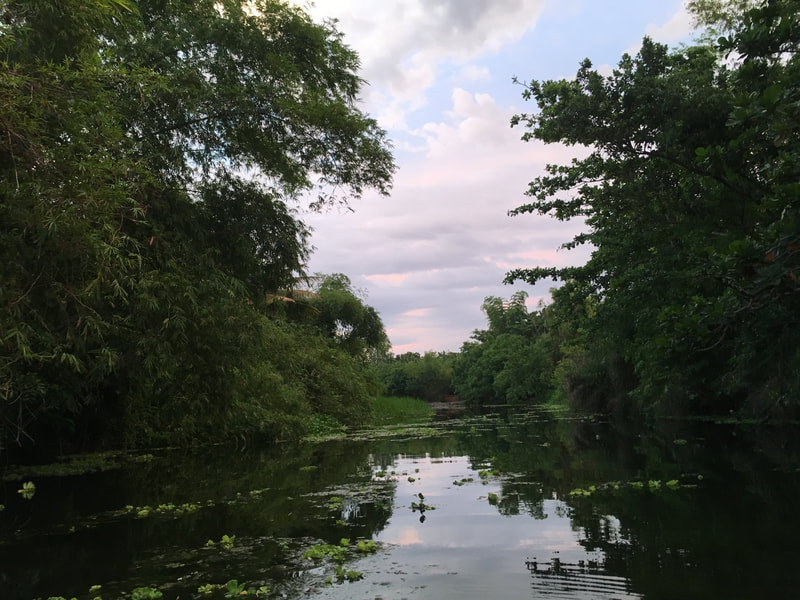

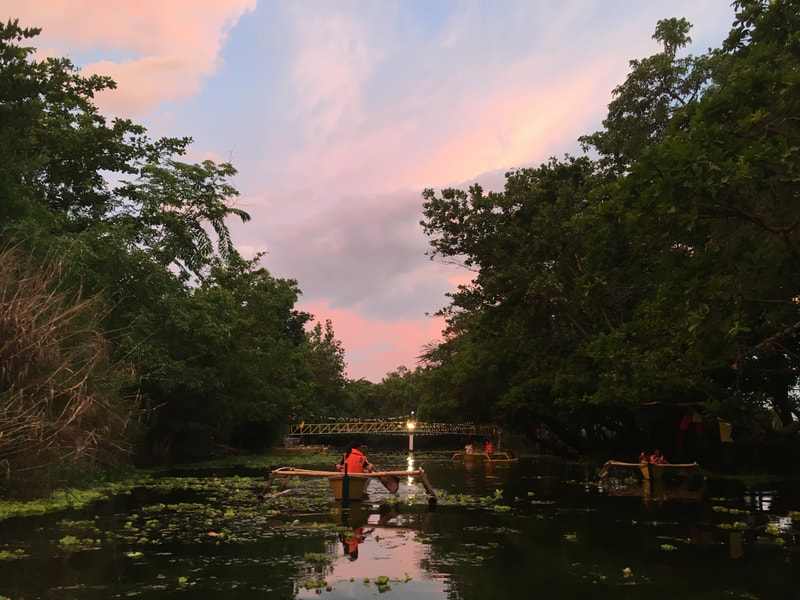
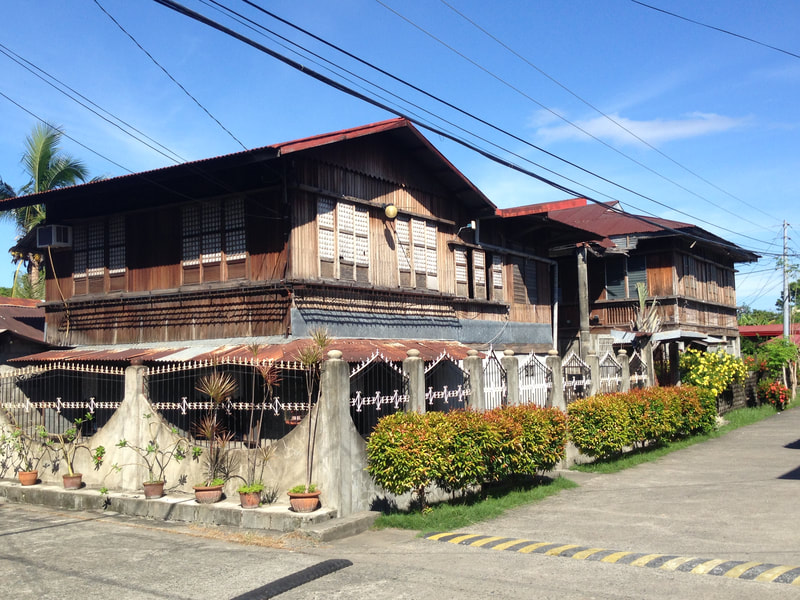
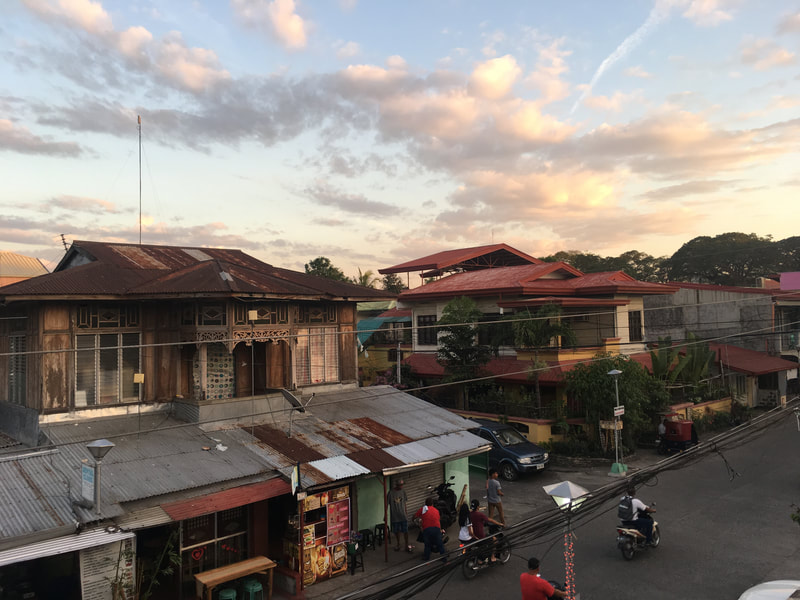
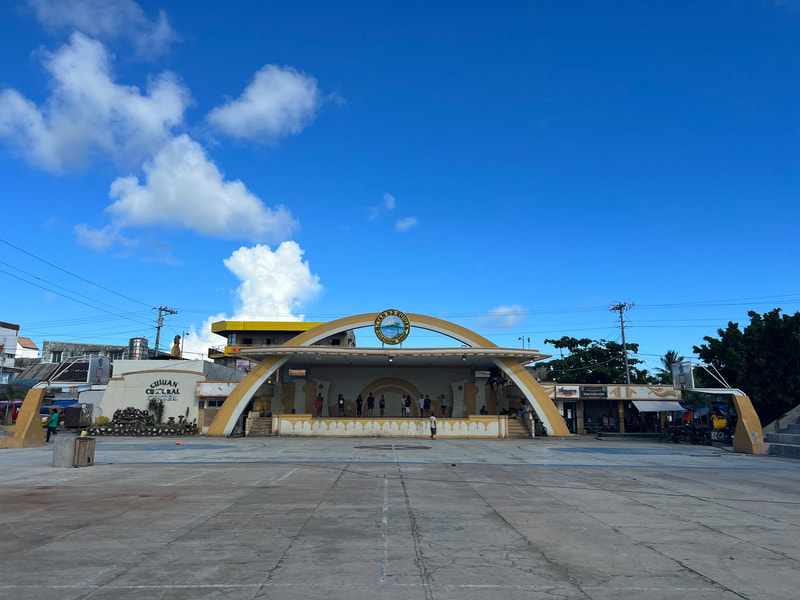
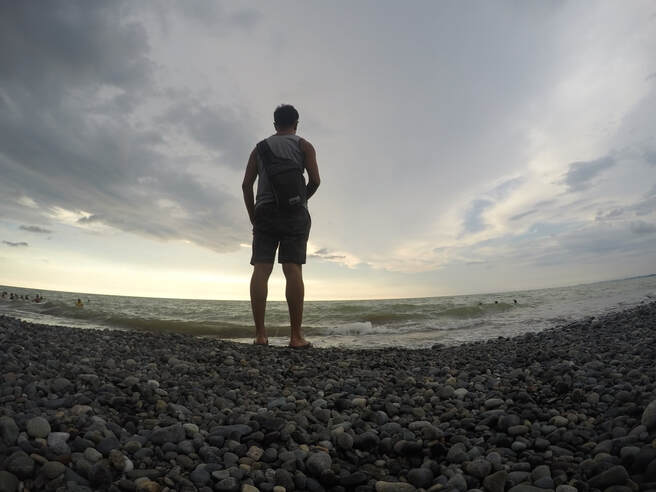





 RSS Feed
RSS Feed